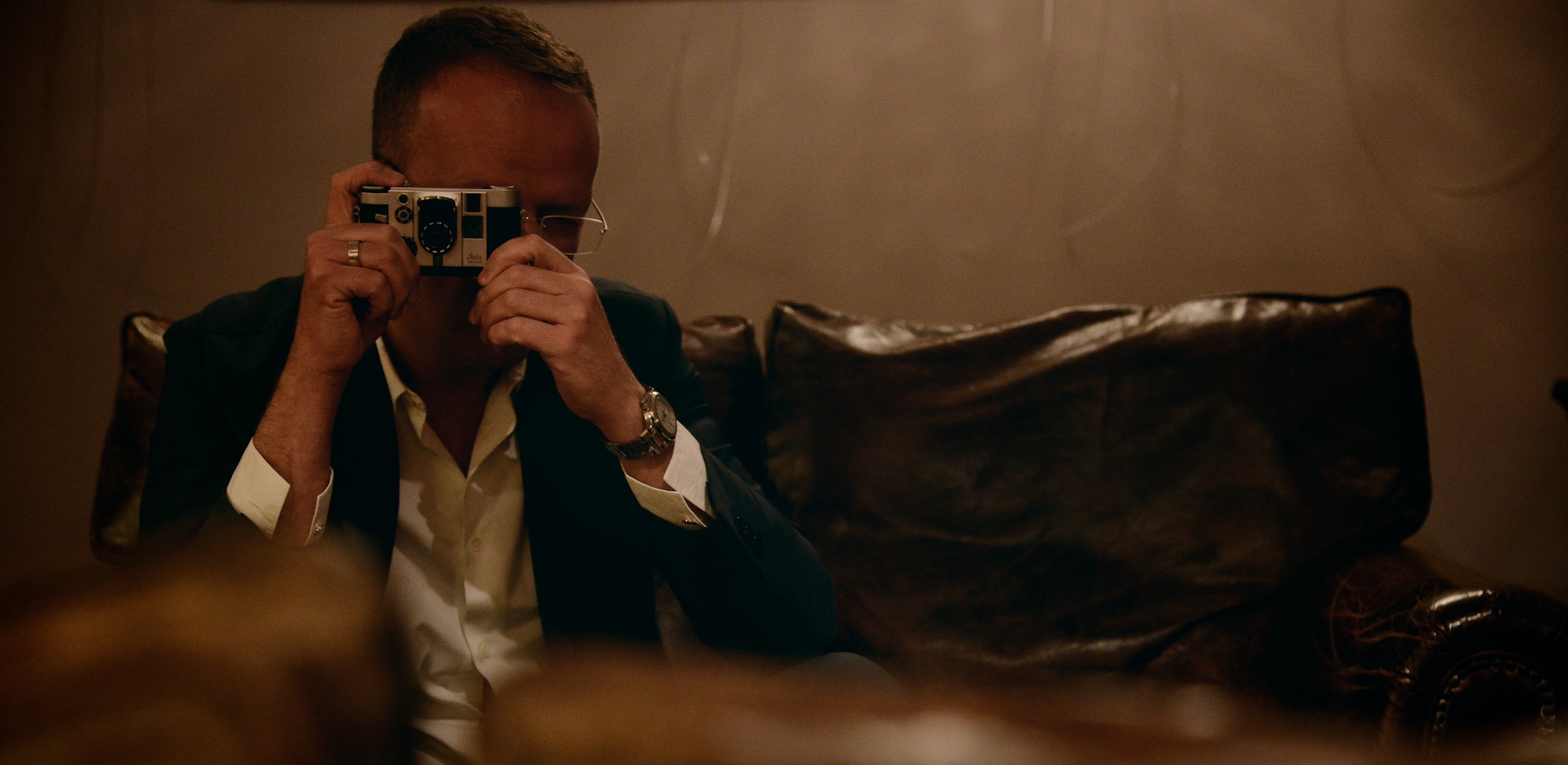
Auction markets for antique cameras have been growing rapidly, with a particular focus on the series of top classic models by Leica. With these auctions initially held only at European and American cities, it has now spread to Hong Kong and was hosted by the first local enterprise L&H Spring Auctions during 2013.
Their focus has been on the collecting of global classic Leica cameras, to reveal the aesthetic essence behind the pre-industrialized eras so that it can be embraced and displayed in front of the public eye. Other than various limited edition cameras, celebrity commemorative and military used models as well as scarce prototype cameras and lens are also included. They have resulted the crowd with amusement for their record high selling prices.
However, each of the collected items ranging from as small as a single component to the whole of the physical outer shell are covered with the brand’s signature coated leather, and it has in turn become what that casts major impact on the product’s value. This value is heavily linked to how well the coating on the product has been preserved to its original appearance, and so it gives high importance to the process of professional qualification. World’s top Leica antique appraiser Lars Netopil has therefore been invited to Hong Kong as the activity’s consultant and guest for the 2015 Spring auction, and he also brought along three immensely rare collections to share on this trip.
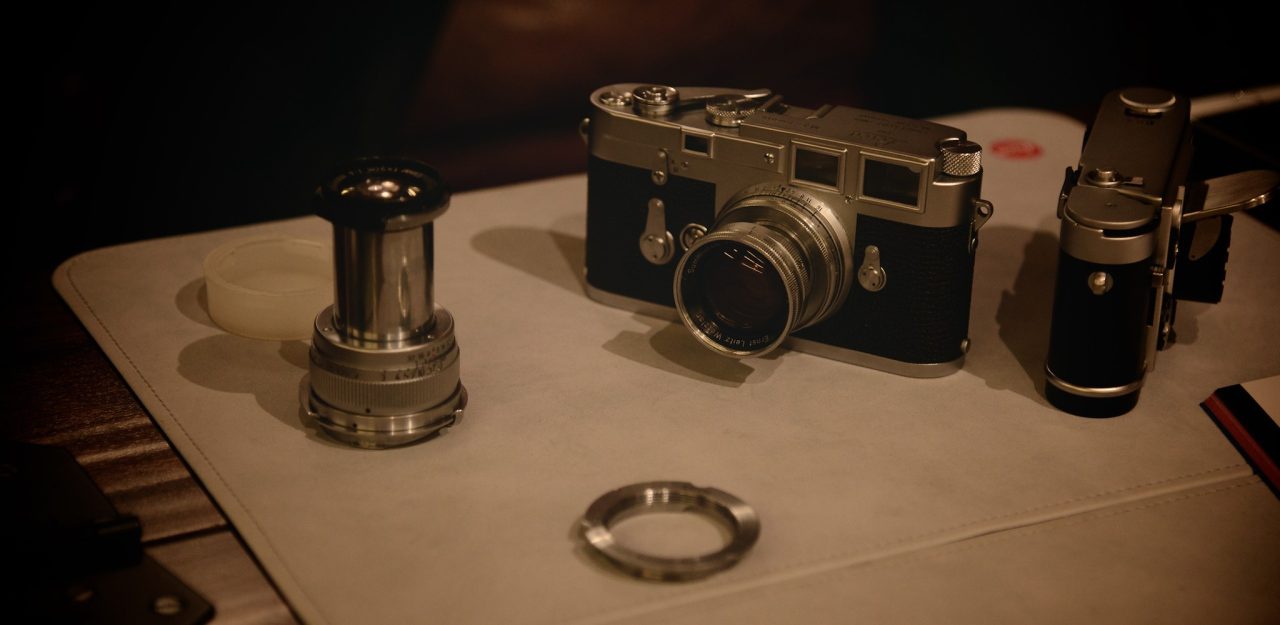
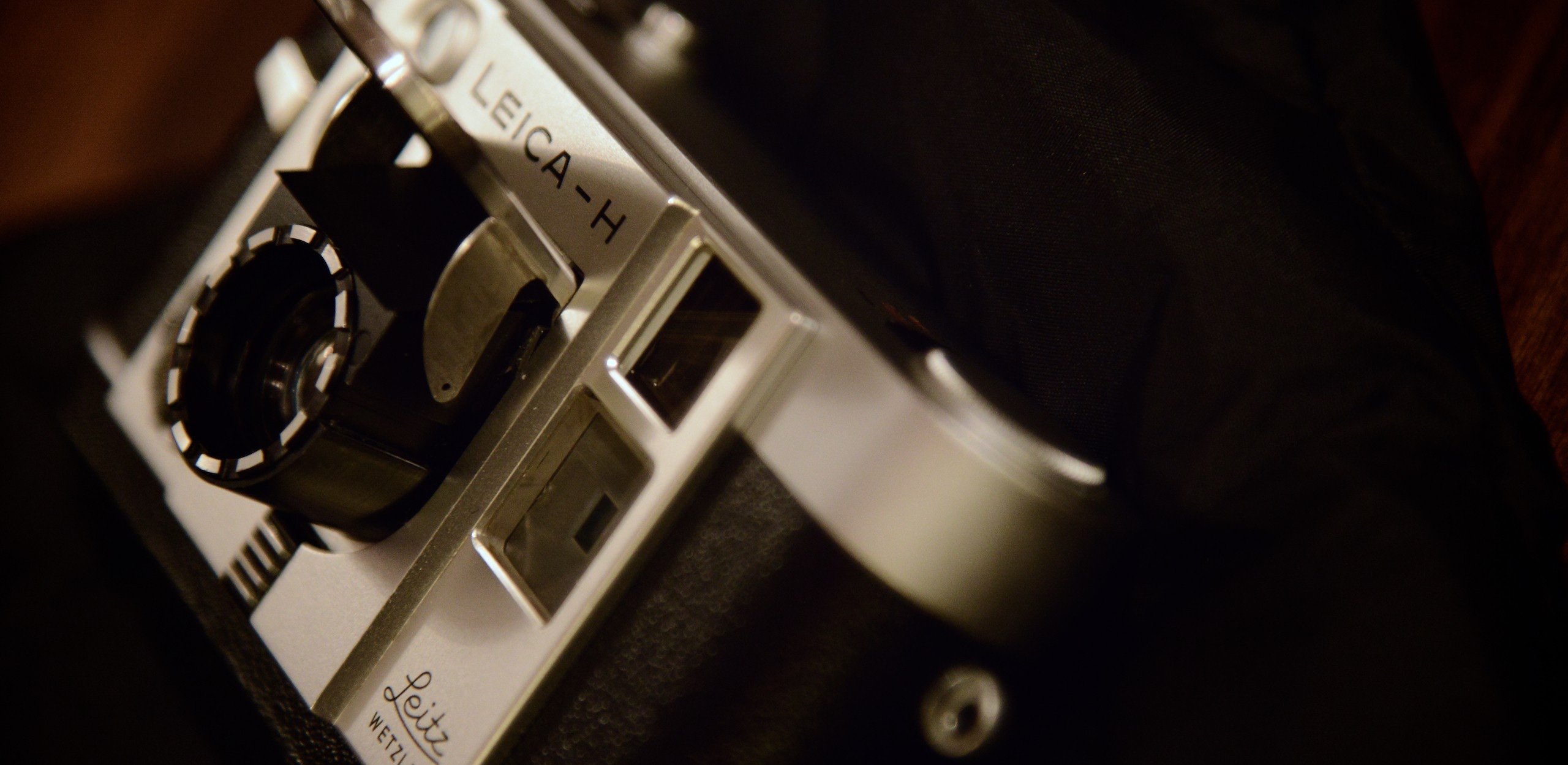
The first product is the half-frame camera Leica H which emerged during 1965. Its story traces back to the period of time just after World War II, when Leitz (Leica’s predecessor) designer Adam Wagner walked back to Germany from Czech to immediately proceed with his camera designs. His major works included the “f”-type flash synchronization system; the Leicavit Rapid Manual Film Advance Winder; the Leica IIIg and the MP2 camera just to name a few. Adam’s design objective is to make everything light and simple, with a goal in bringing a modern 35mm half-frame rangefinder camera that also has an automatic exposure function to life, which he named as the “Leica H”. However, as they were ready to put it into the production line, the team encountered two problems. Firstly, Leica M3 was a huge success, and had a record of more than 200,000 pieces produced since 1954. Secondly, another important project Leicaflex has just been released at the time, which meant that the daily production of the factory was already loaded with pressure. As a result, this supplementary short-term project of Leica H was abandoned.
Adam was unable to accept this decision and resigned, ending his 32 successful years of career as a designer at Leitz. Until he passed away, Adam still believes that it was a faulty management decision. To this day, the two Leica H test versions are the only known versions to exist, which one of them are owned by Lars Netopil.
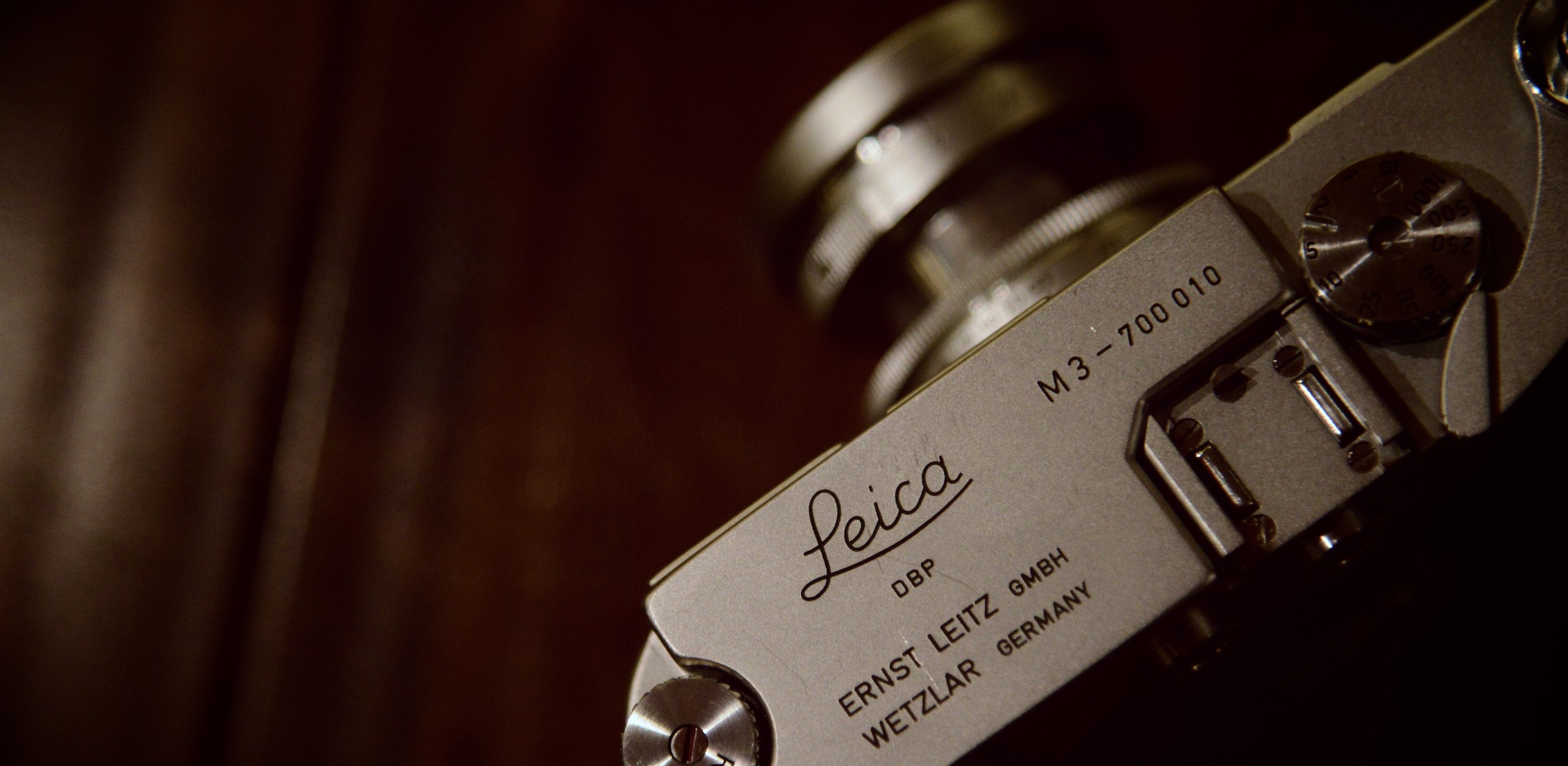
The second product is the M3-700010. Leica first released this M series camera M3 at the Photokina World expo in 1954. This design project was directly responsible by the engineer, therefore it demonstrated a unique and extremely practical sense of mechanical aesthetics. Having learnt from their previous III series screw mount, which was a revolutionary body design that uses blades for mounting the lens in place, it improved the action of changing lens into a speedy process. The red marking logo has yet appeared back then, and on top of the metallic body was engraved with Leica’s traditional logo. To try and keep the proportion in line with the human eye, it uses a 0.92 viewfinder magnification which is still the highest value considered today. Apart from that, it also has a smoother and easier to use double-stroke film advance, a shutter speed dial, an auto-zero frame count and a self-timer switch as well as other designs. Completely changing the users’ habit, it later became the only camera to be displayed at the Museum of Modern Art in New York, USA.
Another note worth mentioning is that M3’s production number starts from 700000, which means this camera is the 10th model body. As early as in the 50’s, Leica would tell their factory to mass produce lots of molds for the camera model which is about to be launched in the market. In these molds, little differences can be found, such as the top detail varying between a beveled or a rounded top. This was completely based on the random choice of the workers who was in charge of the assembling, thus resulting in irregular quantities of these “Special Edition” cameras. Without official reasons, those numbered after 100 only used the common and current round shape top, which is why this 10th model with beveled top which Lars Netopil has is very rare.
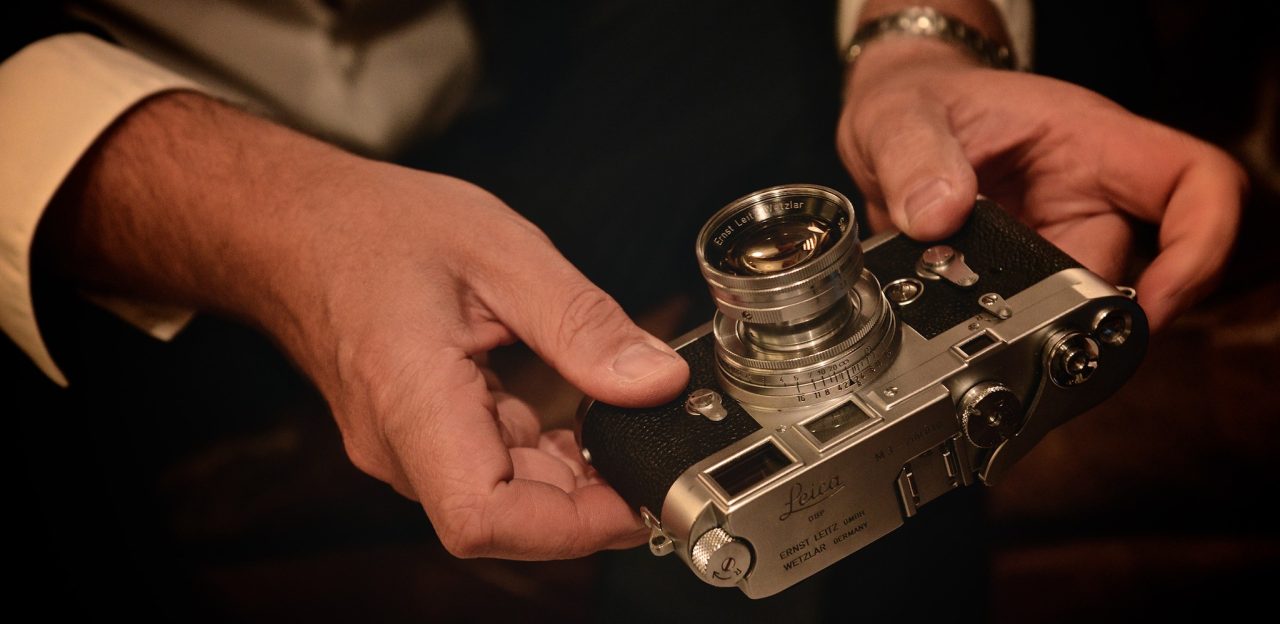
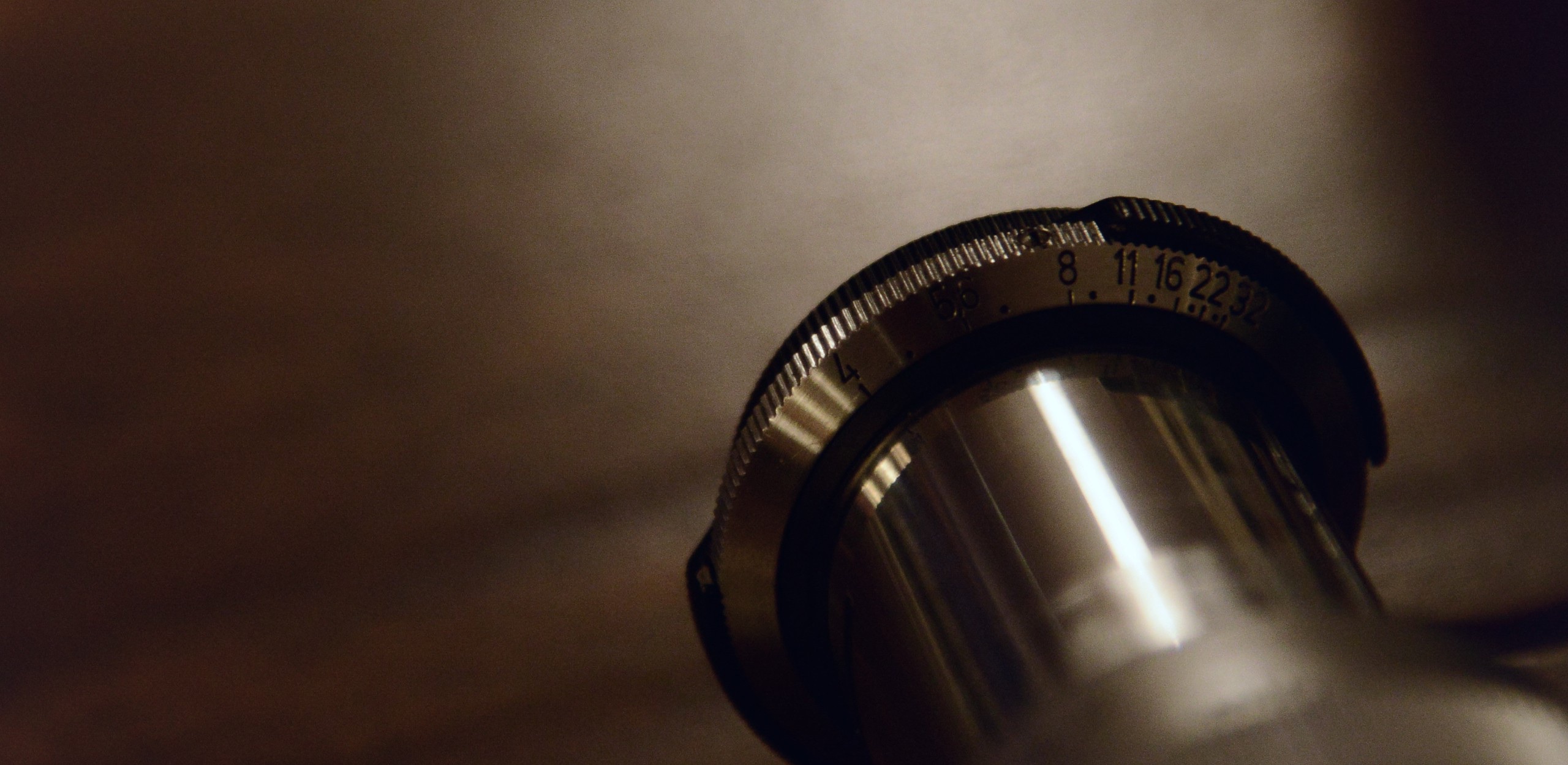
The final product is the retractable cylindrical lens. This design can be traced back to 1939, where only two prototype samples were produced. From 1945 to 1946, the factory expanded this prototype into an experimental series, which featured this Elmar 90mm f/4 model with only 10 to 15 pieces being made. With serial numbers ranging from 633.001 to 633.020, there are only 5 pieces remaining to this day. One of the highlights for this product is the screw mount used which has an A36 connecting ring in front. Different from our current designs, engineers especially engraved the aperture values at the rear end of the ring (This function has never appeared in any of the Leica lens which followed), so that the photographer can read such values through the camera viewfinder and make quick adjustments at the same time as they frame and focus. Also worth mentioning is that we went through the internal records submitted by the then Leica sales department head Mr. Jaeckel, and it shows that this numbered 633.003 Elmar 90mm f/4 is the only one which was officially delivered under their procedures from the whole experimental series, proving its degree of rarity.